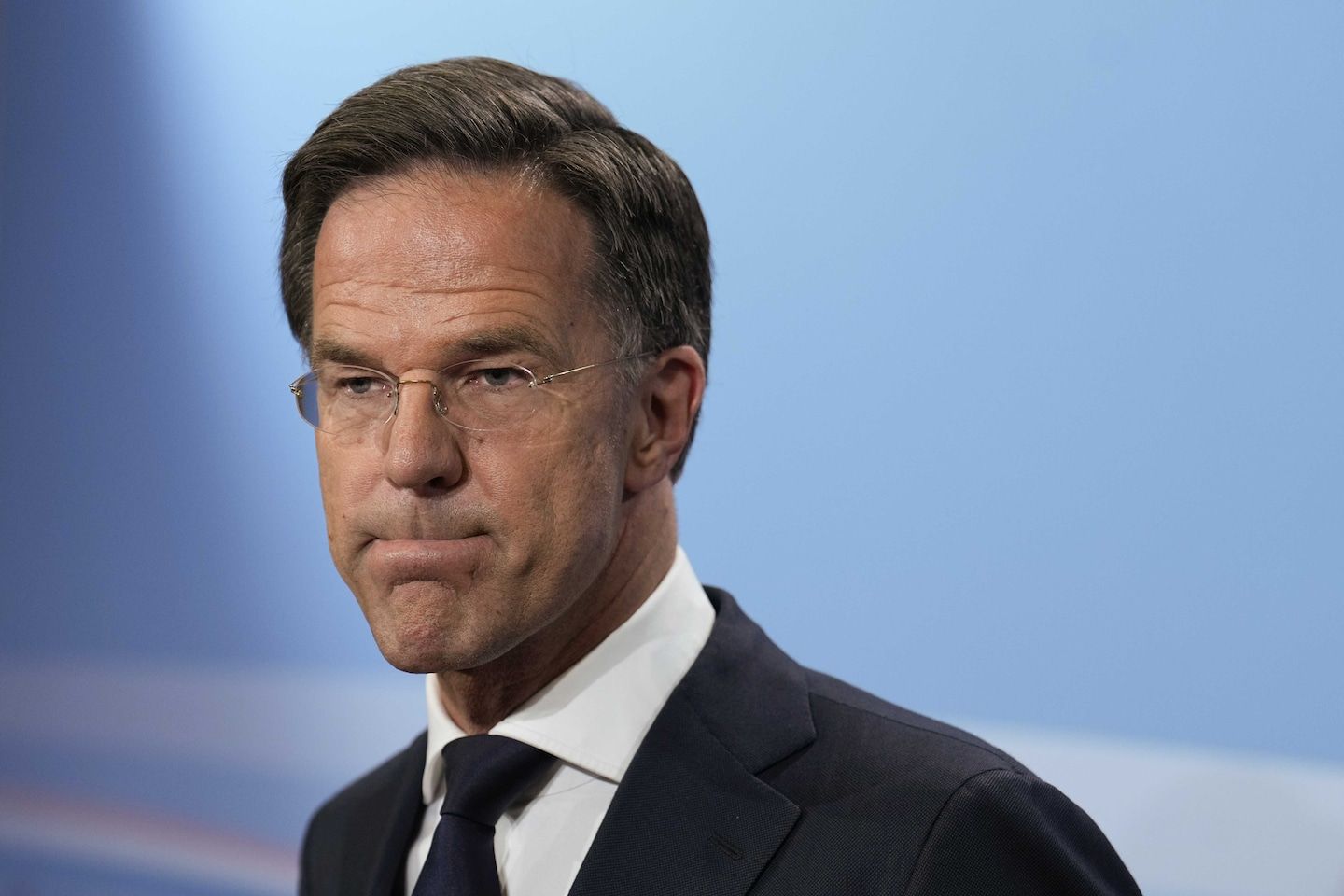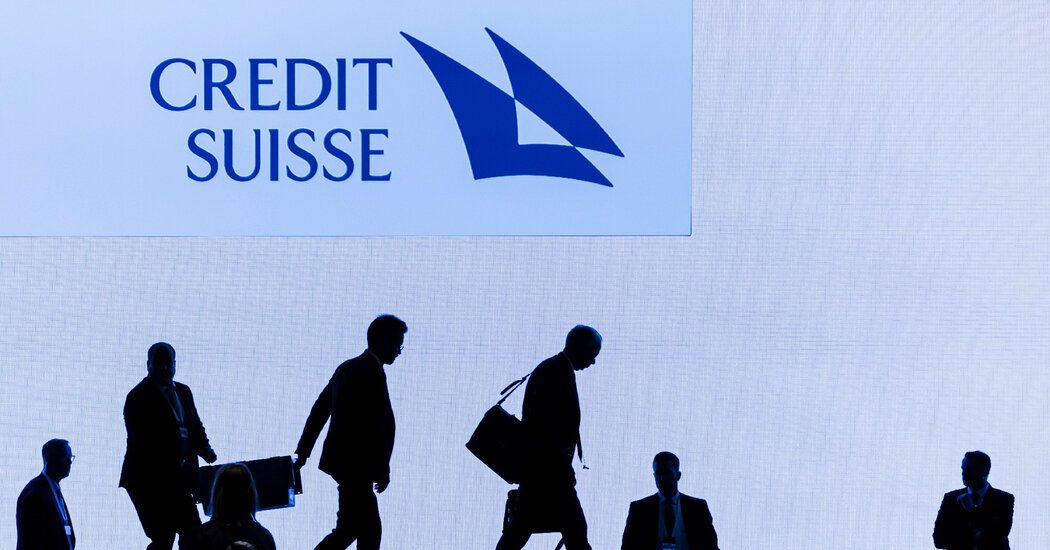Why did the Dutch government collapse over a refugee policy dispute?
Listen 4 min Comment on this story Comment Gift Article Share
Dutch Prime Minister Mark Rutte, along with all of his ministers and state secretaries, resigned on Friday after the ruling four-party coalition failed to agree on policies to restrict immigration — particularly regarding asylum seekers, a divisive issue for European governments. Are you on Telegram? Subscribe to our channel for the latest updates on Russia’s war in Ukraine. ArrowRight “It is no secret that the coalition partners have very different views on migration policy,” Rutte told reporters at The Hague, according to the Associated Press. “And today, unfortunately, we have to draw the conclusion that those differences are irreconcilable.”
Here’s what you need to know.
Why did the Dutch government collapse?
The Netherlands, which allocates parliamentary seats according to a system of proportional representation, has a history of government collapses — and subsequent reelection gains. Rutte and his cabinet resigned in 2021 after a scandal involving falsely accusing parents of child welfare fraud but gained seats when they were reelected two months later. His government also resigned in 2012 after budget negotiations broke down and were reelected in a stronger position. This phenomenon is not unique to Rutte: In 2017, when his cabinet completed a full four-year term, it was the first in the Netherlands to do so for almost two decades.
Advertisement
The coalition that collapsed Friday was formed in December 2021 after months of negotiations following elections that year, comprising Rutte’s center-right People’s Party for Freedom and Democracy (VVD); the centrist Democrats 66 (D66) and Christian Union parties; as well as the center-right Christian Democratic Appeal (CDA) party.
The partnership has been a fraught one from the start, according to local media — on Friday Dutch public broadcaster NOS said it had been a marriage “doomed to fail” and pointed to migration policy as one of the biggest sticking points. The VVD and CDA parties were in favor of stricter restrictions, with D66 and the Christian Union opposed, NOS reported.
What caused the immigration policy stalemate?
The coalition had been negotiating over policies to limit the number of refugees and asylum seekers in the Netherlands, including reportedly changing the country’s approach to family reunification.
Advertisement
Europe has struggled to handle an influx of refugees in recent years. Last year, Doctors Without Borders was dispatched to the Netherlands for the first time to provide assistance to mostly Middle Eastern and African refugees at a reception center in Ter Apel, a village in the country’s northeast close to the German border.
In August last year, about 700 people were sleeping outside the reception center without their basic needs being met in “inhumane and undignified conditions,” the not-for-profit said in a statement that noted the situation had improved by the time it withdrew the following month.
The government expected 70,000 applications for asylum this year due to “turbulence in countries both within and outside the European continent,” it said in a news release in April.
There were about 46,000 entries last year — about 35,000 first entries and 11,000 family unifications — with first applications for asylum up 44 percent on the previous year, according to official figures.
Advertisement
Rutte’s proposals included making families wait at least two years before they could be reunited, according to Reuters. He also wanted to create two tiers of refugees — with those fleeing persecution granted more rights than those fleeing war — and to impose a yearly cap of 200 entries for the family members of war refugees who are already in the Netherlands, Politico reported.
Mirjam Bikker, leader of minor party Christian Union, seemed to refer to these policies in a Friday statement about the government’s collapse.
“For us, one of the values that is important in proposals is that children grow up with their parents,” she said. But the parties had “failed to arrive at a package that we can jointly support.”
Who is Prime Minister Mark Rutte, who resigned?
Rutte, the Netherlands’ longest-serving prime minister, first took office in 2010. “I feel like I’m getting to the halfway point,” he quipped at a news conference in July last year, according to Reuters.
Advertisement
The news agency called Rutte, 56, a “veteran conservative on the European political scene,” and pointed out that many Dutch voters were wearied by the string of crises — including the child welfare fraud scandal — though there was no obvious alternative to his leadership.
During his time in office, he has headed a series of coalitions of minor parties. Rutte’s VVD holds 23 percent of parliamentary seats, described as a “commanding” victory by Politico after the 2021 election.
What’s next for the Dutch government?
The government will continue operating in a caretaker capacity until elections are held, expected to be later this year. It can’t make new policies but can keep the country running.
Gift this article Gift Article
Source: The Washington Post


